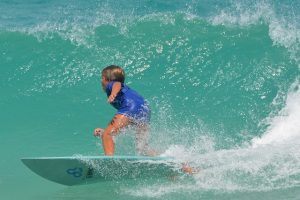Choosing the right surfboard for beginners involves understanding key design elements like length, volume, and fin setup. Longer boards with more volume offer stability and make it easier to catch waves, focusing on balance and manoeuvres. Fin setups vary from single fins for classic turns to multiple fins in shortboards for enhanced manoeuvrability. Beginners can start with a single fin or smaller side fins to grasp fundamentals before experimenting with more advanced setups. Single-fin boards provide stability and simplicity, ideal for learning, while multi-fin boards offer better control at speed but are pricier and may be overwhelming for novices. Mastering fin control on multi-fins through practice and guidance is crucial for beginners' safety and progress.
“Uncover the secrets behind surfboard design with a focus on fin configurations. For newcomers to the waves, understanding the basics of single vs. multi-fin setups is essential for an enjoyable and safe surfing experience. This guide explores key differences, advantages, and disadvantages of each option, offering valuable insights for beginners.
From enhancing maneuverability to improving stability, fins play a pivotal role in your surfboard’s performance. We’ll help you choose the perfect fin setup, provide expert tips on control, and share top picks tailored for various skill levels and board types.”
Understanding Surfboard Design Basics

When it comes to choosing a surfboard, especially as a beginner, understanding basic design elements is key. A surfboard’s design can vary greatly depending on its intended purpose and the rider’s skill level. For novices, a longer board with more volume is often recommended. These boards provide stability and make it easier to catch waves, allowing beginners to focus on learning balance and manoeuvres without being bogged down by control issues.
The fin setup is another critical aspect of surfboard design. Single fins offer classic, traditional styling and are excellent for smooth turns and a more responsive feel. Multiple fins, often seen in shortboards, provide enhanced manoeuvrability and allow for tighter turning radii. Beginners might prefer a single fin or a set of smaller side fins to start, giving them the opportunity to grasp the fundamentals before experimenting with different fin configurations.
Single Fin vs. Multi-Fin Setup: Key Differences

For a surfboard for beginners, choosing between a single fin and a multi-fin setup is an important decision that can impact your learning experience. A single fin design, often referred to as a longboard or noserider, typically has one large fin at the back of the board. This setup offers excellent stability and glide, making it ideal for beginners who are learning to catch waves and maintain balance. The simplicity of a single fin also makes it easier to adjust and fine-tune your stance and paddling technique.
In contrast, a multi-fin setup, commonly seen on shortboards, features multiple smaller fins. These additional fins provide enhanced maneuverability and control, allowing for tighter turns and more aggressive surfing. Multi-fins are better suited to experienced surfers who have developed their skills and want to explore more advanced maneuvers like cutbacks, aerials, and quick shifts in direction. The extra fins can make the learning curve steeper for beginners, as they require a bit more skill and strength to control the board effectively.
Advantages and Disadvantages of Each Option
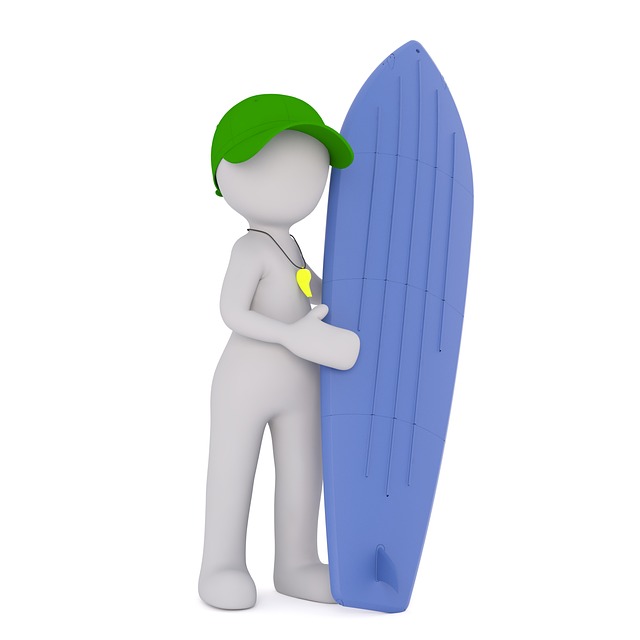
Advantages and Disadvantages
For a surfboard for beginners, single fins offer a smoother and more stable ride. With just one fin, these boards are less prone to wobbling and tipping, making them ideal for learning how to catch waves. The simpler design also makes maintenance easier and cheaper. However, single fins can be less maneuverable, limiting your ability to perform turns quickly or make sharp cuts in the water.
On the other hand, multiple fins (usually two or three) provide better stability and control, especially at higher speeds. These boards allow for tighter turns and more precise maneuvering, making them suitable for intermediate surfers looking to improve their skills. However, multi-fin setups can be more expensive and may require a bit more effort to keep clean and in good condition. They also tend to be less stable for beginners due to the additional fins, which can make it slightly harder to balance at first.
Choosing the Right Fin Configuration for Beginners
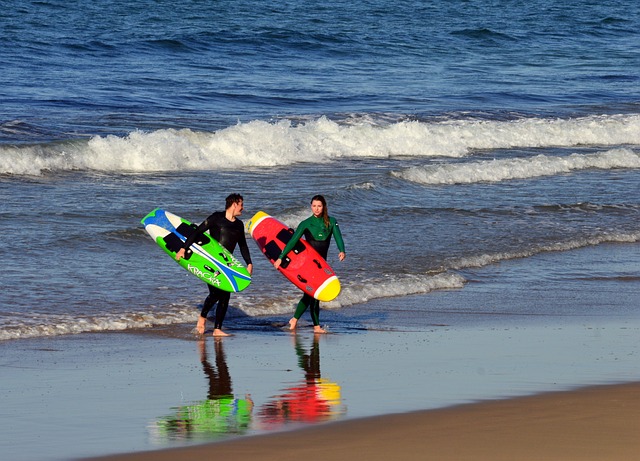
When it comes to selecting a surfboard, especially for beginners, understanding the fin configuration options is key. A surfboard’s fins play a crucial role in stability, maneuverability, and overall performance in the water. For novice surfers, choosing between single or multiple fins can seem daunting but is ultimately dependent on personal preference and surfing conditions.
A common recommendation for beginners is to start with a surfboard featuring one fin, often referred to as a center fin. This setup offers excellent stability, making it easier to learn and catch waves. The single fin provides a predictable glide through the water, allowing surfers to focus on refining their technique without worrying about complex fin dynamics. As skills improve, many beginners opt for a three-fin setup, also known as a thruster, which provides enhanced maneuverability, enabling more dynamic turns and advanced techniques typical of intermediate and advanced surfing.
How Fins Affect Your Surfboard's Maneuverability
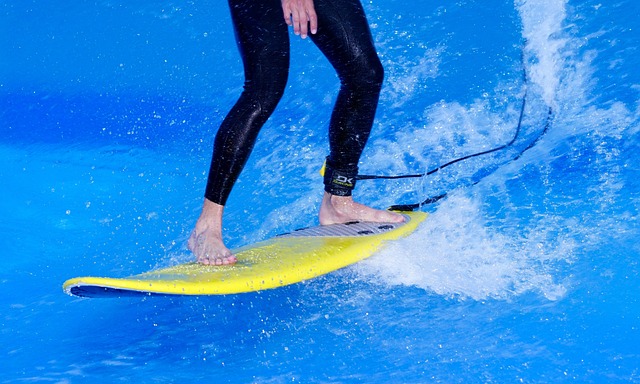
For a surfboard for beginners, fin design plays a crucial role in determining how easily the board can be maneuvered. Fins are essentially appendages that help stabilize and direct your board while riding waves. Single fins, often found on classic longboards, offer excellent stability and glide, making them ideal for smooth, gentle turns. However, their limited pivot points mean they might not be as agile for tight maneuvers or quick directional changes.
Multiple fins, a common feature in modern shortboards, enhance maneuverability by providing more flexibility. These setups allow riders to make sharp cuts, rapid turns, and intricate manuevers with greater ease. While this agility is beneficial for experienced surfers looking to perform complex tricks, beginners might find it overwhelming, as controlling a board with multiple fins requires developing a keen sense of balance and timing.
Top Picks for surfboards with Different Fin Arrangements
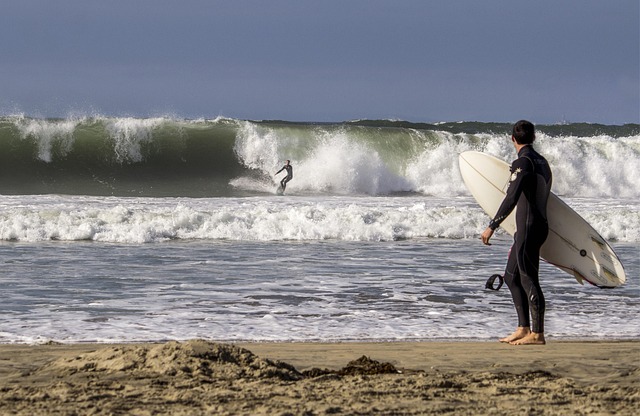
When it comes to choosing a surfboard, one of the key decisions is whether to opt for a single fin or multiple fins (usually a twin fin). For beginners, a surfboard with a single fin is often the recommended choice due to its stability and ease of control. Single-fin boards are known for their predictable performance and excellent up-and-down movement, making them ideal for learning how to catch waves. They offer a classic surfing experience and are versatile enough to handle various conditions.
For more experienced surfers looking to carve and perform intricate maneuvers, twin-fin or multi-fin setups can be game-changers. These boards provide enhanced maneuverability and allow for tight turns and graceful arcs. Whether you’re chasing speed or pulling off stylish moves, a surfboard with multiple fins offers a dynamic surfing experience. Many top brands cater to both beginner and advanced surfers with a range of fin options, ensuring that every surfer can find their perfect fit.
Training Tips for New Surfers: Mastering Fin Control

When learning to surf, one of the most important skills to master is fin control. For those using a surfboard for beginners with multiple fins (a popular setup due to its stability), understanding how to maneuver and adjust these fins is key. The ideal technique involves keeping an eye on the water’s resistance as you paddle out, allowing you to make necessary adjustments to maintain balance. Practice regularly by focusing on maintaining control while standing up and carving turns; this will help develop a feel for how each fin interacts with the water.
To enhance your learning experience, consider setting specific goals during training sessions. For instance, aim to carve tighter turns or improve your speed while controlling the board’s direction. Additionally, don’t underestimate the value of seeking guidance from experienced surfers or instructors; they can provide valuable insights and ensure you develop good habits early on, making your surfing journey smoother and safer.
